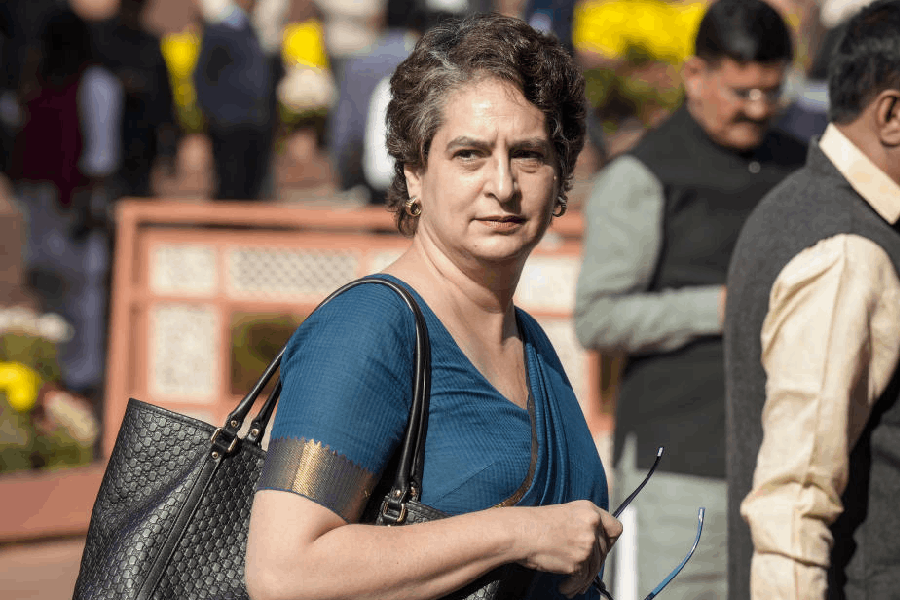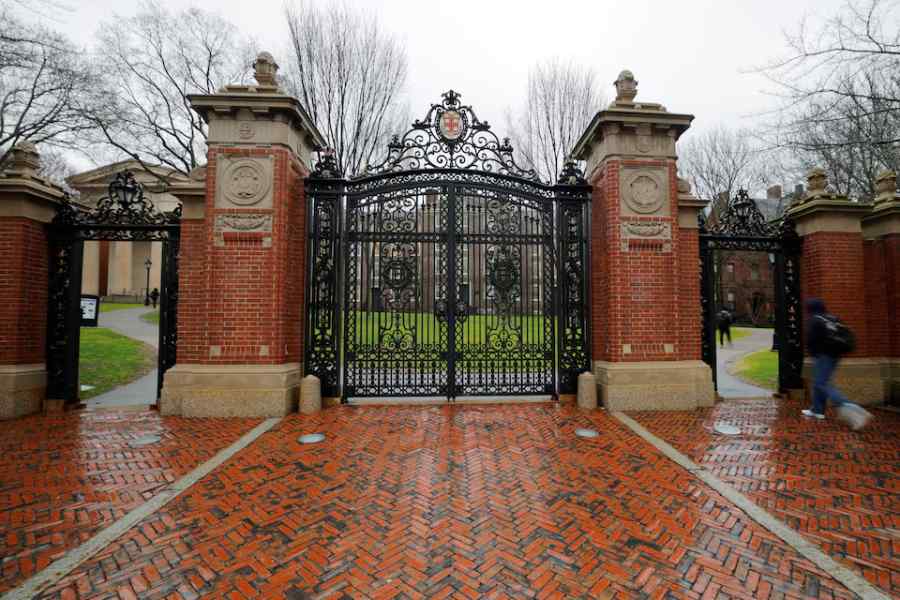 |
| Sonam Wangchuk (centre in blue jacket) with Ladakhi youths on Secmol’s campus at Phey, on the outskirts of Leh, in June. Picture by Shyam G Menon |
Many people in Ladakh believe that the character of Rancchoddas Shyamaldas Chanchad, later Phungsuk Wangdoo, in the film 3 Idiots was loosely based on Sonam Wangchuk, a founding member of the Students Educational and Cultural Movement of Ladakh (Secmol).
That may or may not be true. After 3 Idiots was released to box office success, tourists have, however, gone seeking Wangdoo in the cold desert. A few discover Secmol; most follow the tourist trail to The Druk White Lotus School where the film was shot. Others wash up on the shores of Pangong Lake.
Last month, Wangchuk was in Ladakh after a series of events that had hardly been celluloid for the mechanical engineer and the 22-year-old Secmol.
Secmol’s genesis can be traced to coaching high school students in a region notorious for its abysmally low pass percentage in the matriculation exams. The system was flawed. Textbooks lacked local themes.
The medium of instruction till Class IX for Ladakh was Urdu, switching suddenly to English. In 1991, Secmol’s pilot project on educational reform with village and government support, in Saspol, clicked. It saw other villages seeking the same. With Operation New Hope of 1994, planning better education for Leh district in league with local government and village communities, Secmol graduated to a popular movement. Its work spanned redesigning textbooks and training teachers to monitoring schools through village councils.
Later the newly set up Ladakh Autonomous Hill Development Council (LAHDC) accepted Operation New Hope as its educational policy. From 5 per cent pass at matriculation exams in 1996, Ladakh’s pass percentage increased to 55 per cent by 2004.
Then a rash of problems surfaced. Some disgruntled schoolteachers protested. When the executive councillor in charge of education at LAHDC — he was formerly associated with Secmol — was shifted, Wangchuk’s observation on the matter was seen as interference.
 |
Secmol’s media wing published a magazine called Ladags Melong. It played the role of a watchdog, the exposes of which may have displeased some, while its patronage of colloquial Ladakhi, as opposed to the classical Bodhi of scriptures, ruffled feathers. The exact spark is unclear.
The administration’s deputy commissioner hauled up NGOs over issues like funding and then zeroed in on Secmol. Among other things, Wangchuk was accused of being a spy and his organisation was virtually banned. This was despite Secmol’s work earning national respect. The Ladakh model of the Sarva Shiksha Abhiyan programme was inaugurated by the then President A.P.J. Abdul Kalam.
In the following months, after protests far and wide, Secmol’s freedom was salvaged to some extent and the deputy commissioner transferred. Wangchuk moved to Nepal to work in the educational sector there. Secmol hibernated, keeping few activities alive. Ladakh’s matriculation results began to dip again.
For most observers, the story is puzzling. It isn’t the ugly moments that rankle. It is the vendetta. Why did that happen? The answer probably lay in a variety of factors.
Wangchuk’s father Sonam Wangyal was a politician who became state minister; that may have made the son’s rising stature worrisome. Secmol’s work benefited those struggling in Ladakh’s educational mess; that may have endeared Wangchuk to one side of a class divide, something likely in the magazine’s language controversy, too.
Ladakh is a small society glued by mountain life; anyone stepping out of line is instantly noticed. Were these the reasons? Nobody knows. In Leh, I met people who were critical of Wangchuk. But none disputed Secmol’s work.
We see our homes clearer from afar. With no higher education available at home, young Ladakhis travelled to Jammu; Chandigarh, Delhi and elsewhere to study. Many of them children of Operation New Hope, they knew Secmol. They discussed it in cyber space.
In December 2009, 3 Idiots was released. Over May-June 2010, interest in Secmol revived. Ladakhi students invited the reluctant Wangchuk to address them in Jammu.
On June 15, a meeting at Leh’s Polo Ground brought together a wider cross-section of Ladakhi society. According to those who attended, Wangchuk said he would resume Secmol’s work if the LAHDC passed a resolution welcoming the organisation.
“Why did he leave and why does he want a resolution to return?’’ asked one of his fans who was also once a student at Secmol.
In Phey, where Secmol is, I posed the questions floating around to Wangchuk. He said that both his withdrawal from Ladakh and the request for a resolution were because he wanted the idea of Secmol to live in the people. If they enshrine it, neither authorities nor politicians can derail education. LAHDC elections are a couple of months away. Wangchuk said he is not interested in politics.
(The author is a freelance writer based in Mumbai)










